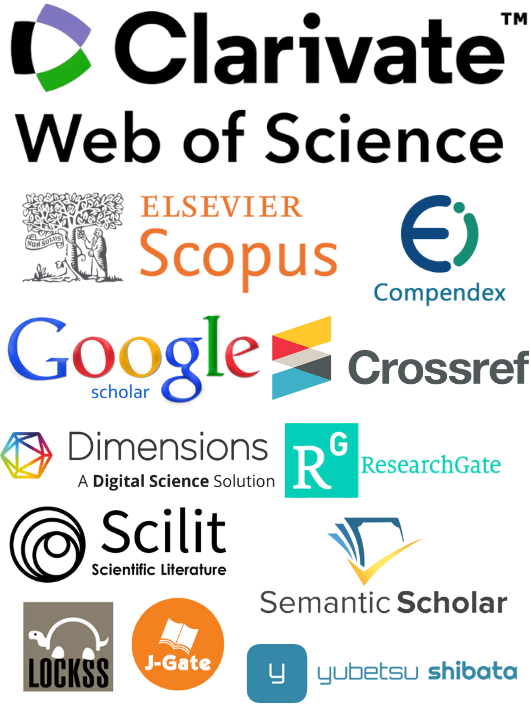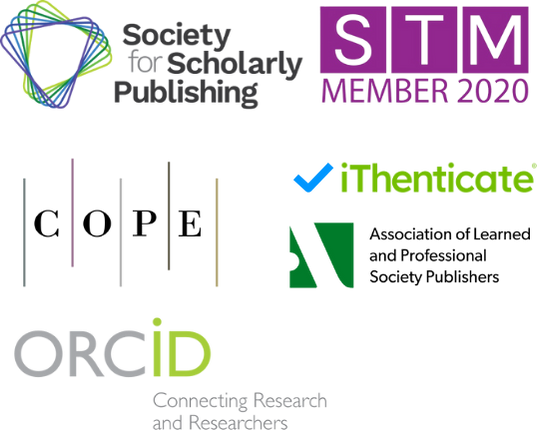Sustainable and Smart Materials in Structural Engineering: Key Technologies for Future Buildings
Keywords:
sustainable materials, smart materials, structural engineering, energy efficiency, self-healing concrete, environmental impact, building performanceAbstract
The construction industry faces mounting pressure to address critical environmental challenges, including resource depletion, energy inefficiency, and the substantial carbon footprint associated with traditional building materials. In response, the integration of sustainable and smart materials into structural engineering has emerged as a transformative strategy for creating resilient and environmentally responsible infrastructures. Innovative materials-such as bio-based composites, self-healing concrete, and energy-efficient smart systems-offer substantial benefits by reducing environmental impacts while enhancing overall building performance. Sustainable materials conserve natural resources, minimize waste, and lower carbon emissions, whereas smart materials adapt to environmental conditions, optimizing energy consumption and extending the lifespan of structures. This paper systematically examines key technologies and innovations in sustainable and smart materials that are reshaping structural engineering practices. By analyzing these advancements, it highlights their potential to revolutionize building design, reduce operational costs, and support the development of high-performance, eco-friendly structures. The study provides a comprehensive overview of these materials and technologies, underscoring their pivotal role in shaping the future of sustainable construction.
References
1. O. Iwuanyanwu, I. Gil-Ozoudeh, A. C. Okwandu, and C. S. Ike, "The role of green building materials in sustainable architecture: Innovations, challenges, and future trends," International Journal of Applied Research in Social Sciences, vol. 6, no. 8, pp. 1935-1950, 2024.
2. K. Pooja, and N. Tarannum, "Self-healing concrete: a path towards advancement of sustainable infrastructure," Discover Applied Sciences, vol. 7, no. 7, p. 703, 2025. doi: 10.1007/s42452-025-06529-w.
3. S. Shafa, "Smart materials in green architecture: The role of etfe and phase change materials in sustainable building design," Journal of Design Studio, vol. 6, no. 2, pp. 383-395, 2024. doi: 10.46474/jds.1556305.
4. A. Kallayil, J. Patadiya, B. Kandasubramanian, A. Adamtsevich, M. Kchaou, and F. K. Aldawood, "Adaptive Smart Materials in Architecture: Enhancing Durability and Sustainability in Modern Construction," ACS omega, 2025. doi: 10.1021/acsomega.4c04943.
5. S. Jing, "Practice of digital construction to improve construction project progress management," Academic Journal of Engineering and Technology Science, vol. 8, no. 2, pp. 36–44, 2025, doi: 10.25236/AJETS.2025.080205.
6. J. A. Ochsendorf, "Sustainable engineering: The future of structural design," In Structures Congress 2005: Metropolis and Beyond, 2005, pp. 1-9. doi: 10.1061/40753(171)146.
7. E. K. Hailemariam, L. M. Hailemariam, E. A. Amede, and D. A. Nuramo, "Identification of barriers, benefits and opportunities of using bamboo materials for structural purposes," Engineering, Construction and Architectural Management, vol. 30, no. 7, pp. 2716-2738, 2023. doi: 10.1108/ecam-11-2021-0996.
8. Y. Liu, "Post-pandemic architectural design: A review of global adaptations in public buildings," International Journal of Engineering Advances, vol. 2, no. 1, pp. 91–100, 2025, doi: 10.71222/1cj1j328.
9. M. Wijayasundara, P. Mendis, and R. H. Crawford, "Integrated assessment of the use of recycled concrete aggregate replacing natural aggregate in structural concrete," Journal of cleaner production, vol. 174, pp. 591-604, 2018. doi: 10.1016/j.jclepro.2017.10.301.
10. F. Asgharpour, and M. Hosseini, "Advancements and challenges in the development of self-healing concrete for sustainable construction-A critical review," Alpha Journal of Engineering and Applied Sciences, vol. 2, no. 1, pp. 33-48, 2024.
11. M. Bagheri, "Advancing Architecture through Shape Memory Alloy Actuators (Doctoral dissertation, Virginia Tech)," 2025.
12. A. Ghosh, D. J. Edwards, M. R. Hosseini, R. Al-Ameri, J. Abawajy, and W. D. Thwala, "Real-time structural health monitoring for concrete beams: A cost-effective 'Industry 4," 0'solution using piezo sensors. International Journal of Building Pathology and Adaptation, vol. 39, no. 2, pp. 283-311, 2021.
13. M. R. Hossain, R. Sultana, M. M. Patwary, N. Khunga, P. Sharma, and S. J. Shaker, "Self-healing concrete for sustainable buildings," A review. Environmental Chemistry Letters, vol. 20, no. 2, pp. 1265-1273, 2022.
14. K. Han, and J. Zhang, "Energy-saving building system integration with a smart and low-cost sensing/control network for sustainable and healthy living environments: Demonstration case study," Energy and buildings, vol. 214, p. 109861, 2020. doi: 10.1016/j.enbuild.2020.109861.
15. G. Wang, "Performance evaluation and optimization of photovoltaic systems in urban environments," Int. J. New Dev. Eng. Soc., vol. 9, pp. 42–49, 2025, doi: 10.25236/IJNDES.2025.090106.
16. M. Patil, S. Boraste, and P. Minde, "A comprehensive review on emerging trends in smart green building technologies and sustainable materials," Materials Today: Proceedings, vol. 65, pp. 1813-1822, 2022. doi: 10.1016/j.matpr.2022.04.866.
17. A. M. El-Khiary, "Energy saving through smart buildings innovative technologies: Simulation analysis for evaluating smart material of energy performance in Egypt," International Journal of Sustainable Building Technology and Urban Development, vol. 12, no. 3, pp. 232-250, 2021.
18. I. Justo-Reinoso, N. Arena, B. J. Reeksting, S. Gebhard, and K. Paine, "Bacteria-based self-healing concrete A life cycle assessment perspective," Developments in the Built Environment, vol. 16, p. 100244, 2023. doi: 10.1016/j.dibe.2023.100244.
19. M. Ju, Z. Dou, J. W. Li, X. Qiu, B. Shen, D. Zhang, and K. Wang, "Piezoelectric materials and sensors for structural health monitoring: fundamental aspects, current status, and future perspectives," Sensors, vol. 23, no. 1, p. 543, 2023.


